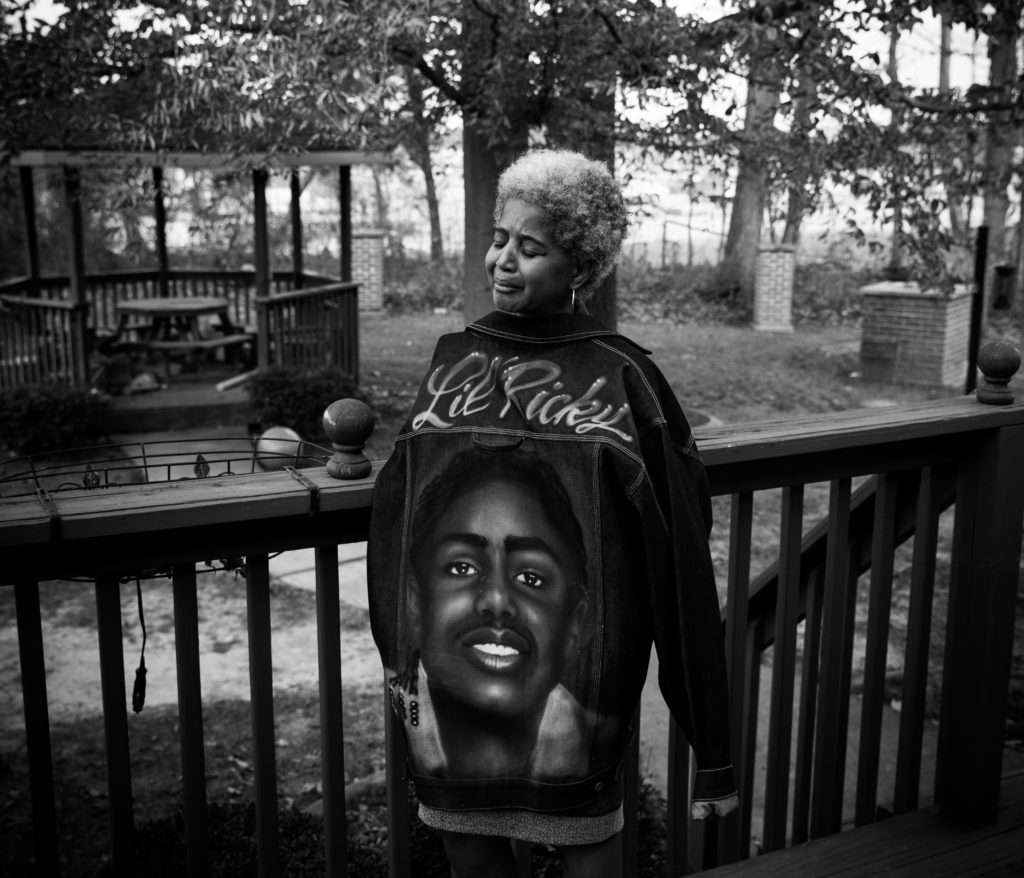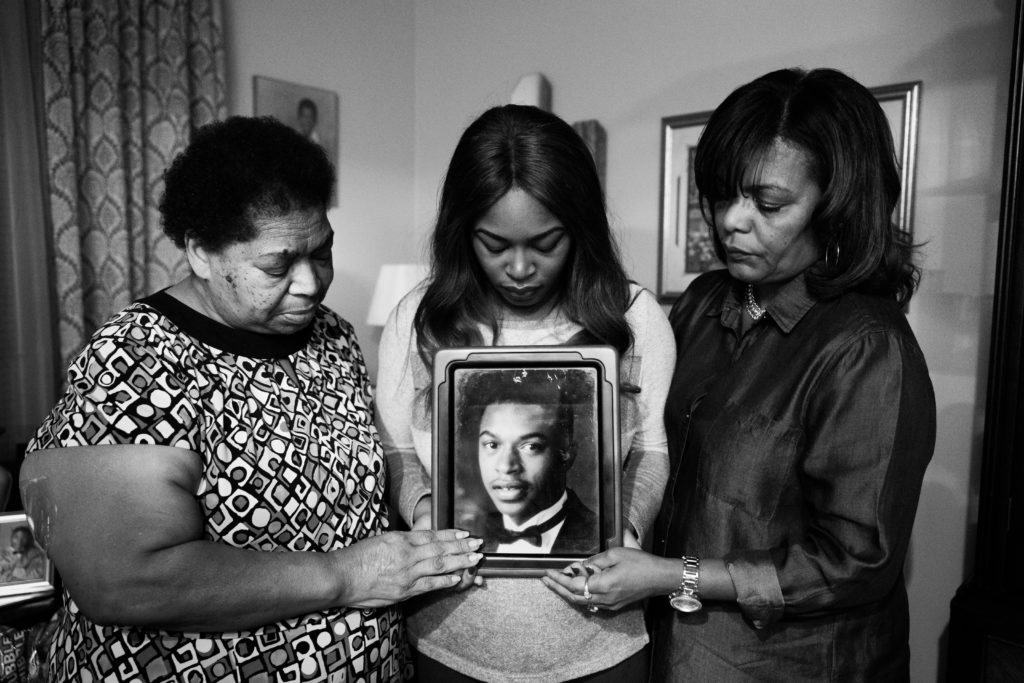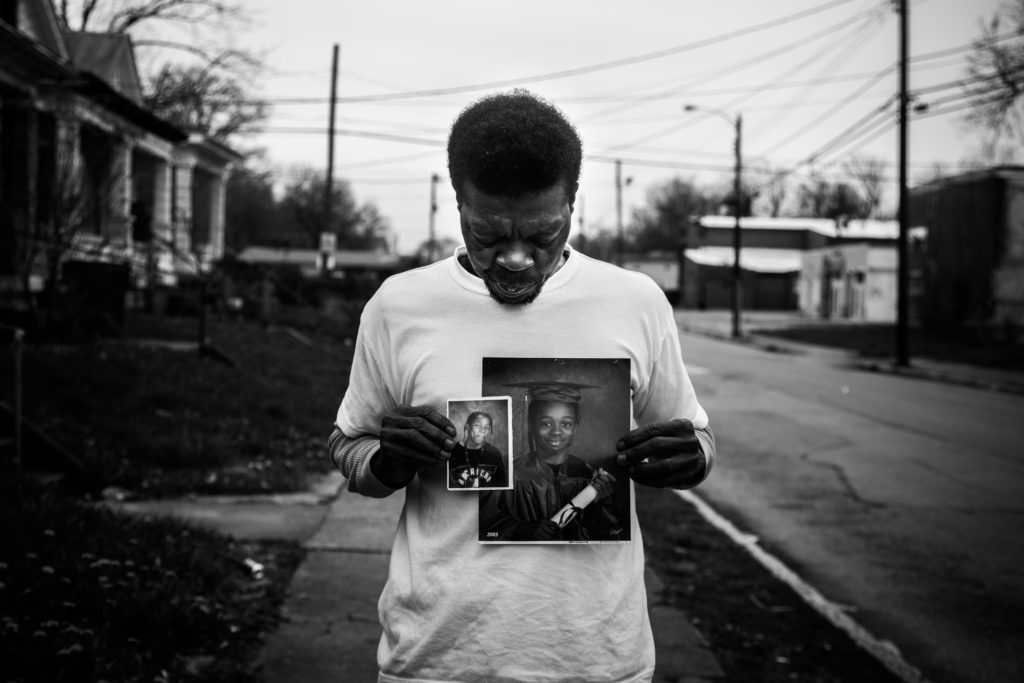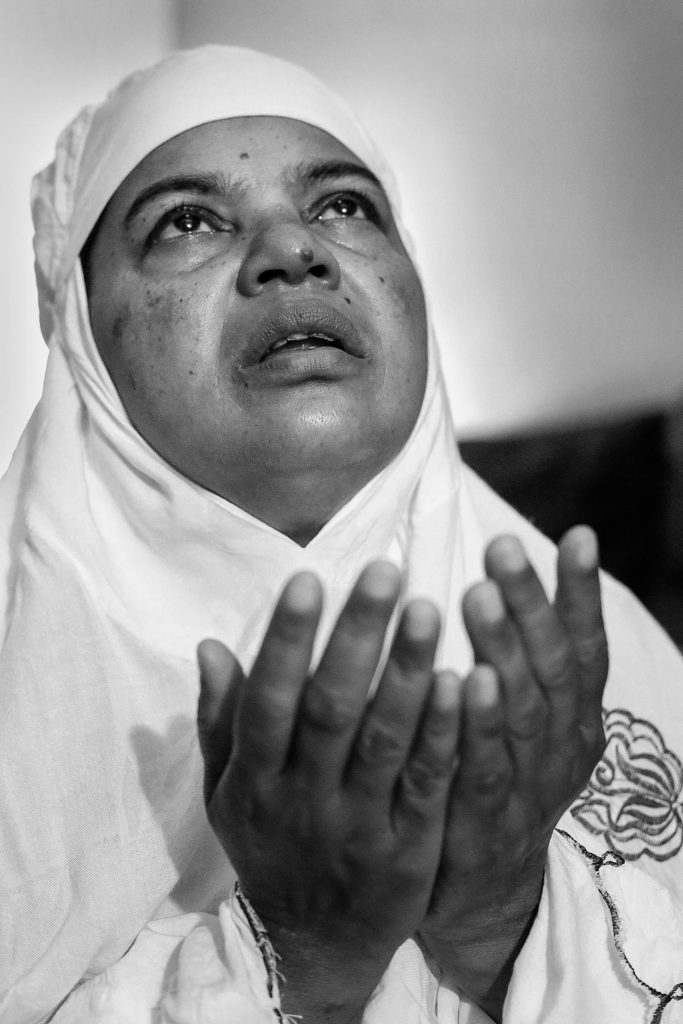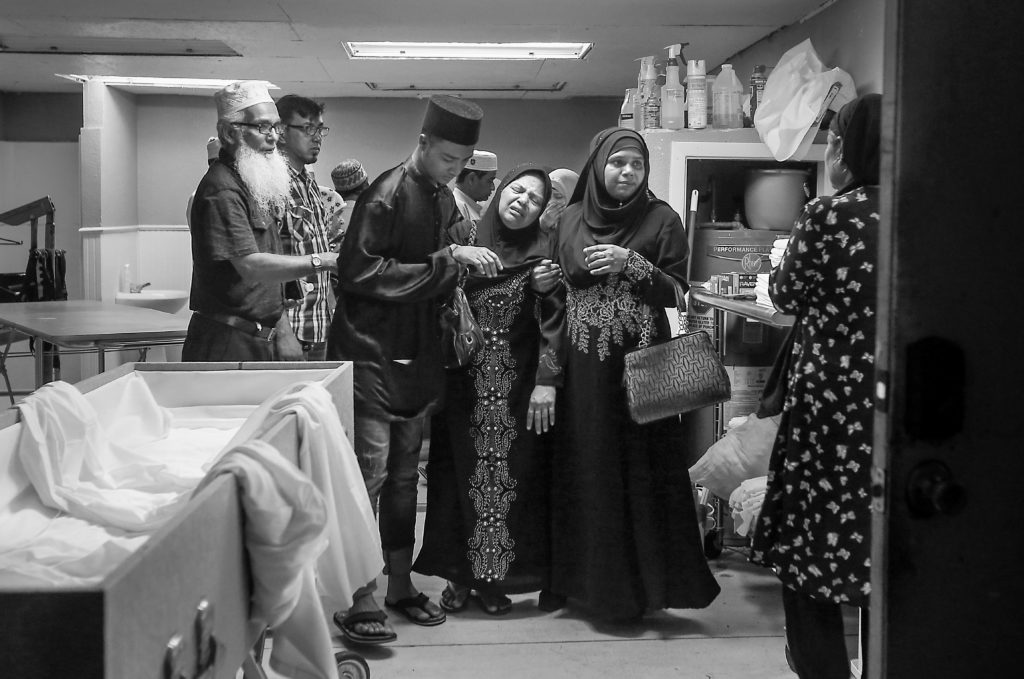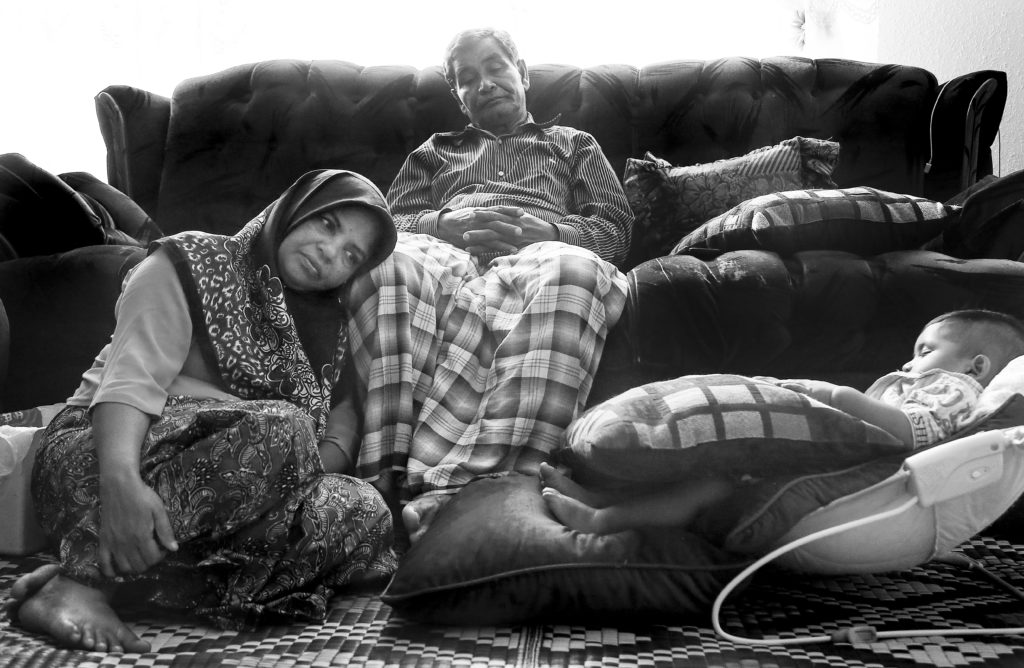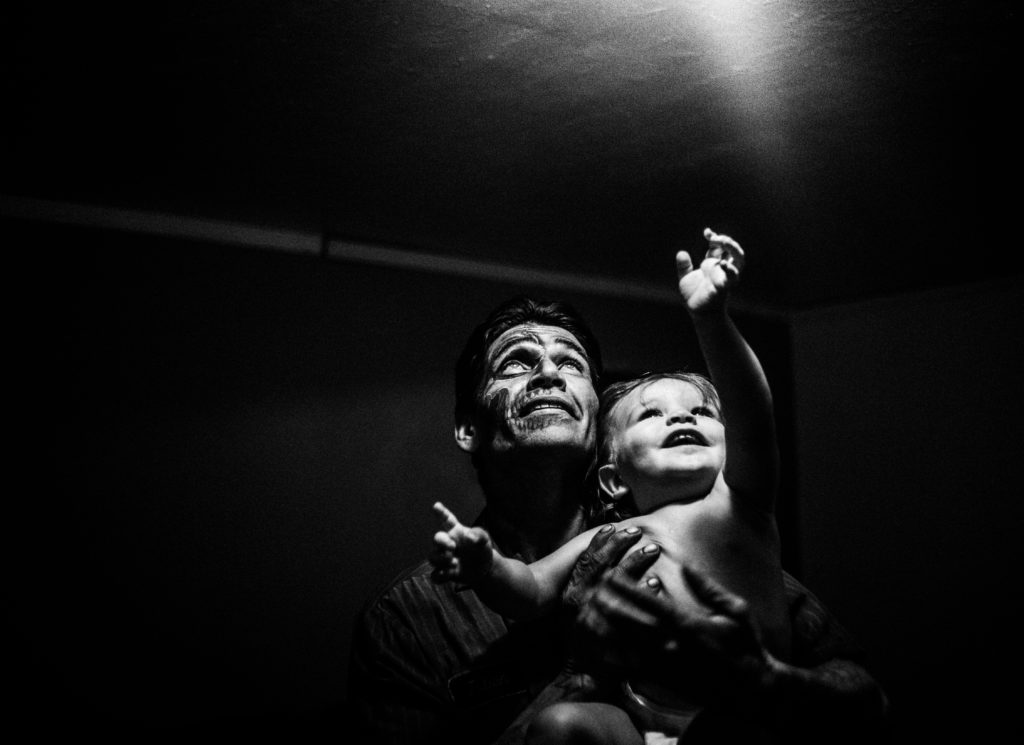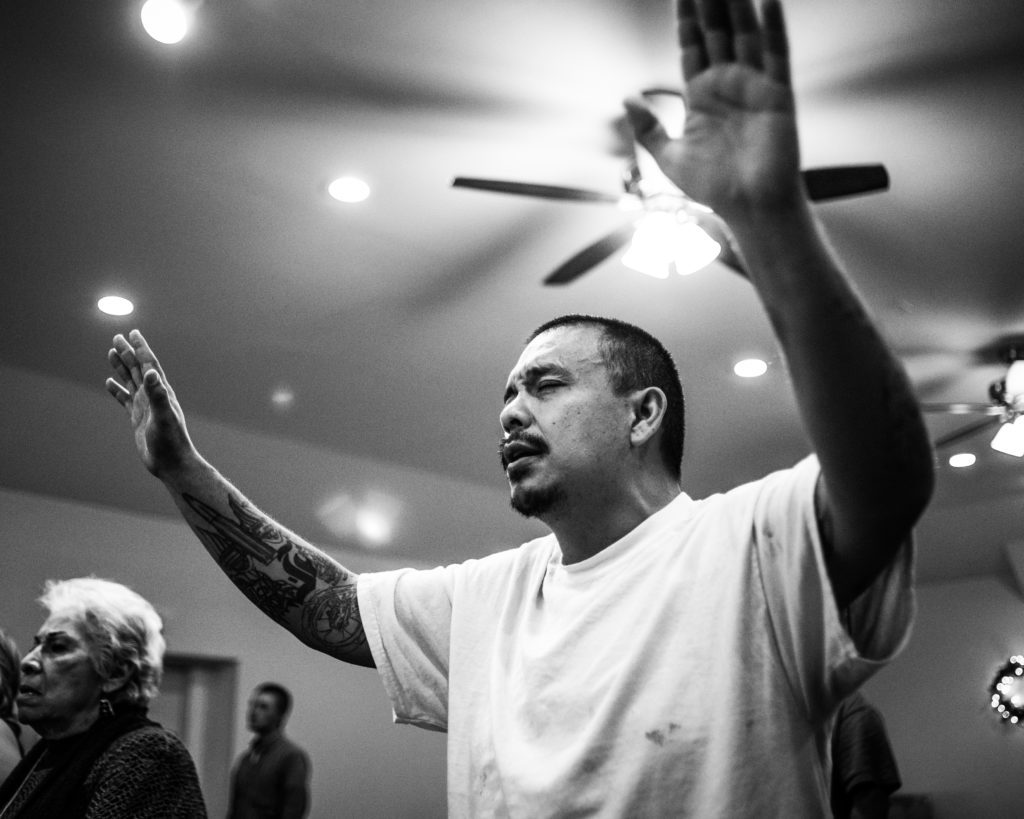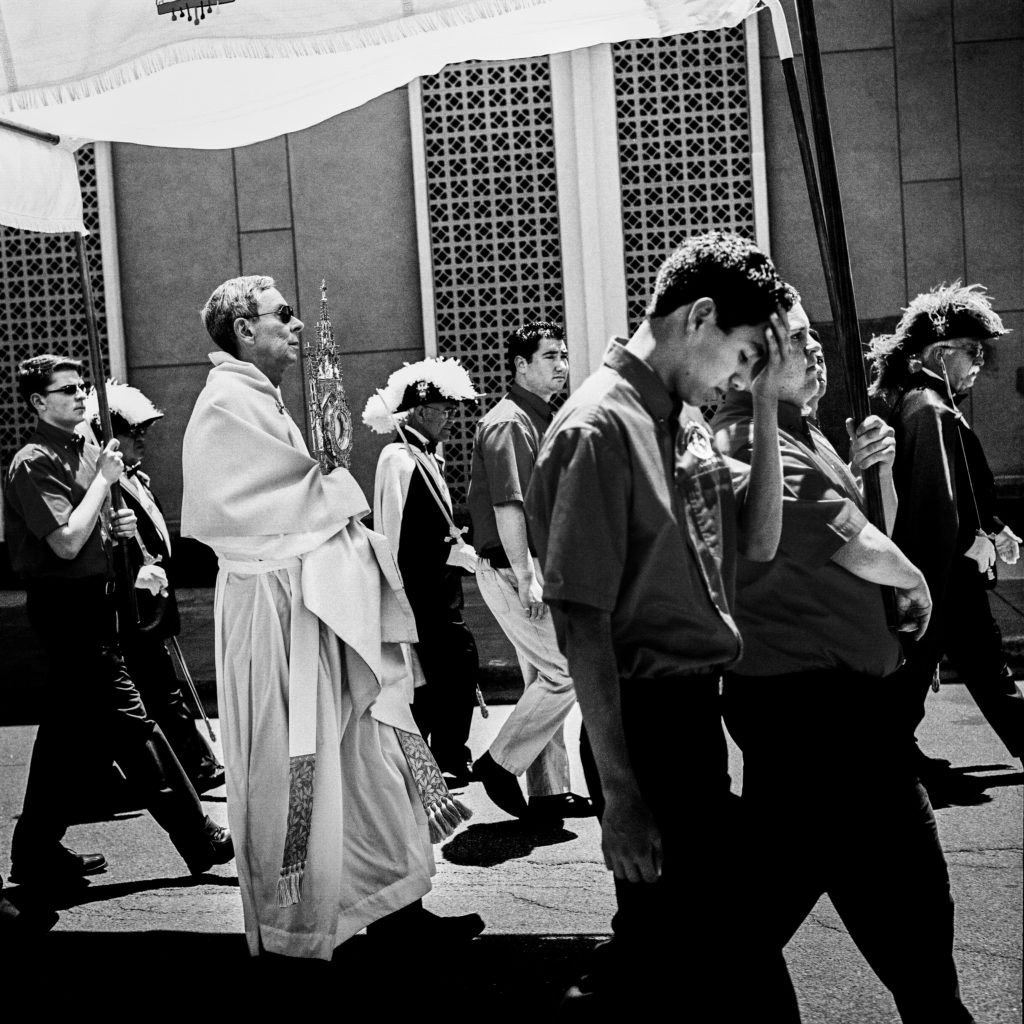From the moment the world learned of the death of Queen Elizabeth II on the evening of September 8, 2022, to the funeral held at Westminster Abbey on September 19, 2022, could be described as a fever dream. The city of London was still simmering with activity as it always has, but a blanket of calm and quiet sadness cloaked the streets. Citizens dressed in black and adorned in medals representing their service waited in the queue zig-zagging along the banks of the Thames to see the casket of their queen and to pay their respects to the monarch who dedicated 70 years of her life to her people.
WKUPJ student Gabi Broekema, who was studying a semester in Denmark, took the opportunity to hop over to London to document this historic event.
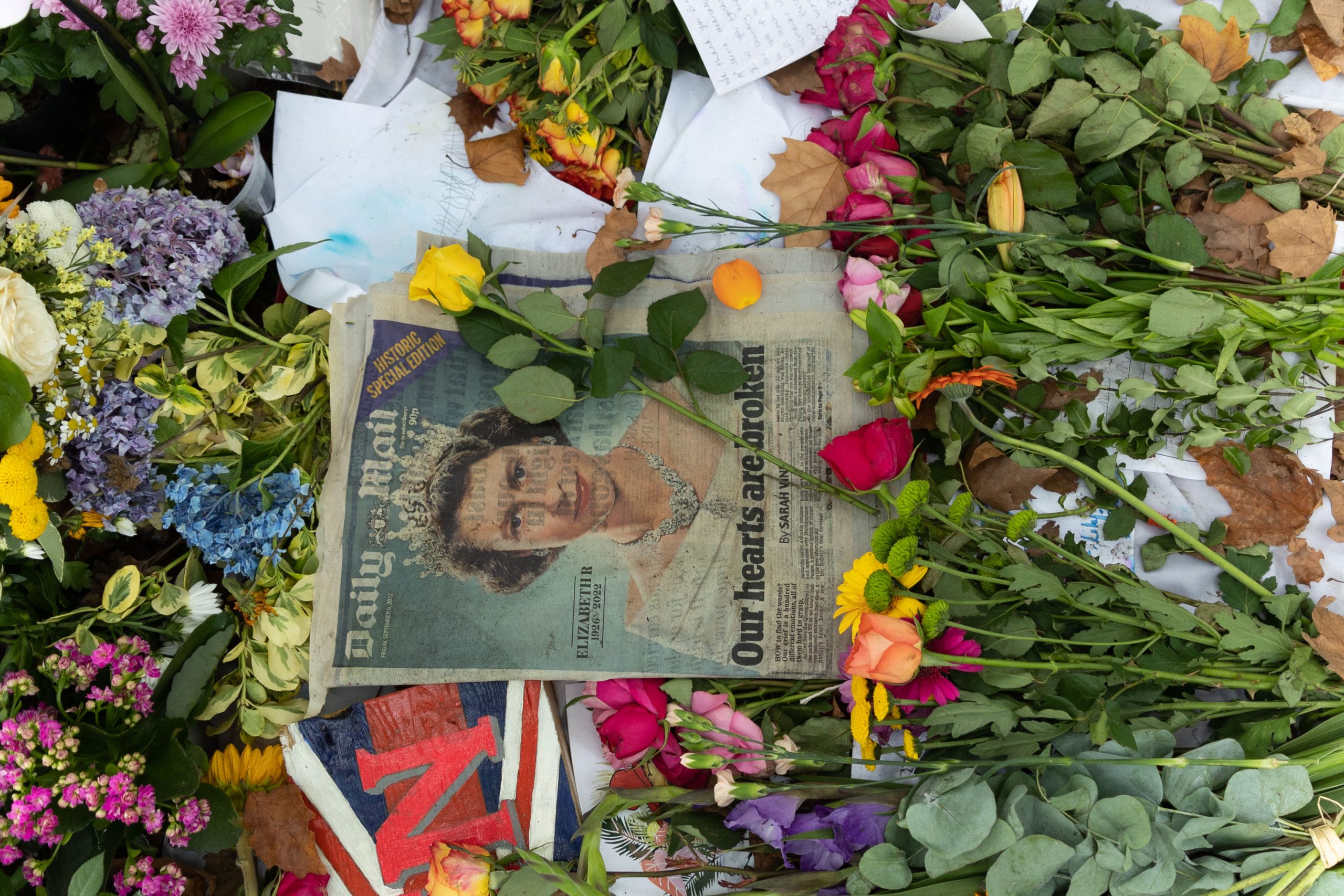
Scenes from across London, England, of people mourning of the passing of Queen Elizabeth II and looking forward to a new era with the recently appointed King Charles III.
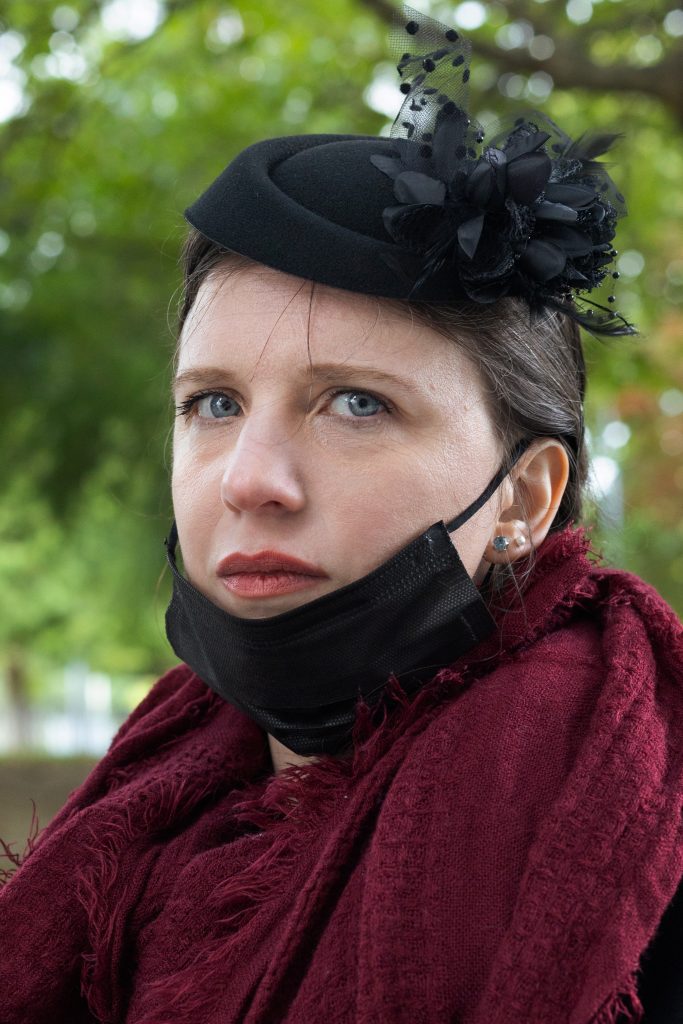
Julia Finder poses for a portrait after waiting nearly 8 hours in the que to pay her respects to Queen Elizabeth II’s casket as she laid in-state at Westminster Abbey on Friday, September 16, 2022. “It’s my queen,” Finder says. “I would have even waited 12, 15 hours.”
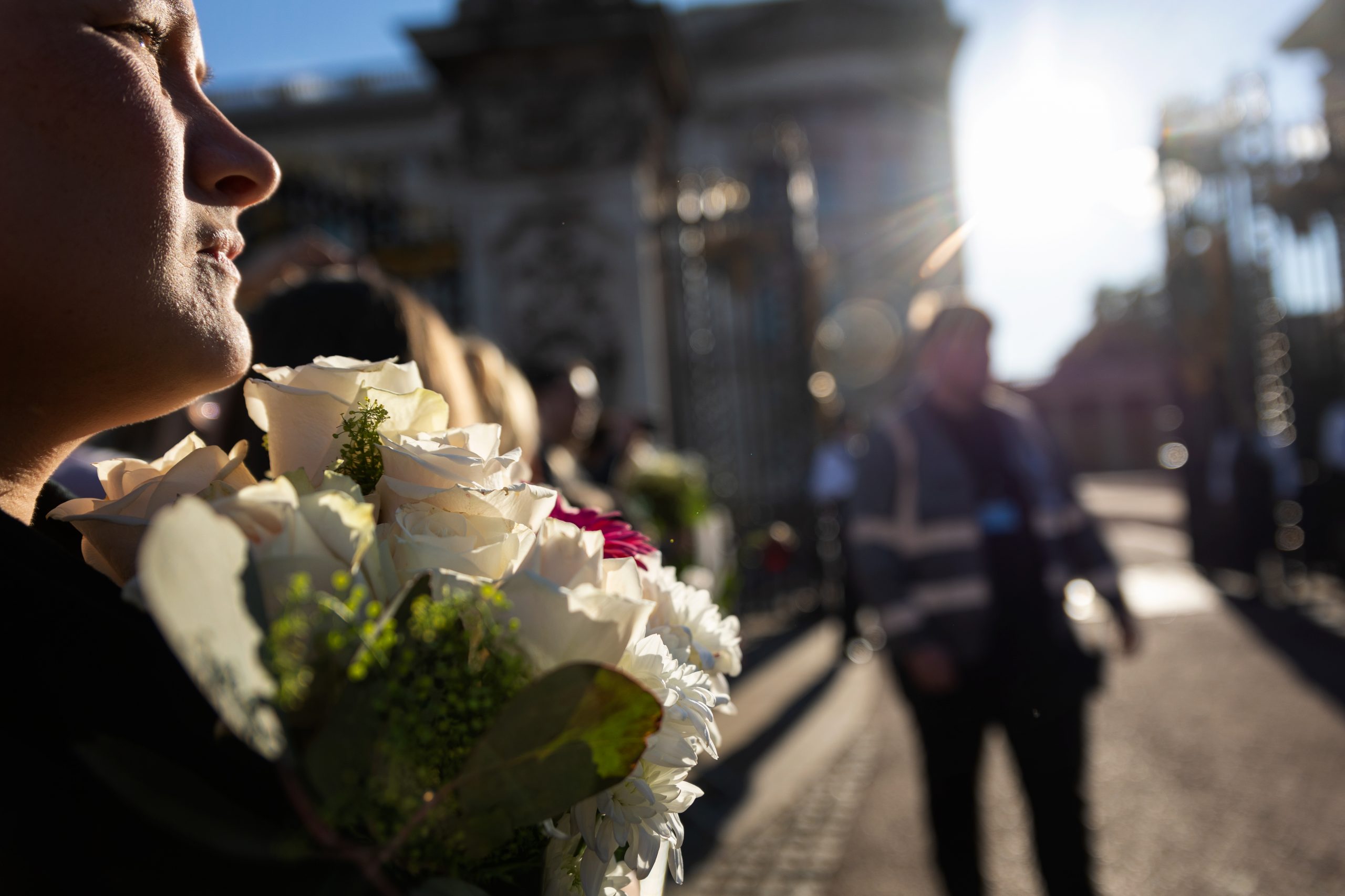
A mourner pauses on her trek to lay flowers at the Green Park floral tribute for Queen Elizabeth II and waits for a glimpse of the recently crowned King Charles III on Friday, September 16, 2022. The King and his siblings were to stand vigil at Westminster Abbey over their mother.
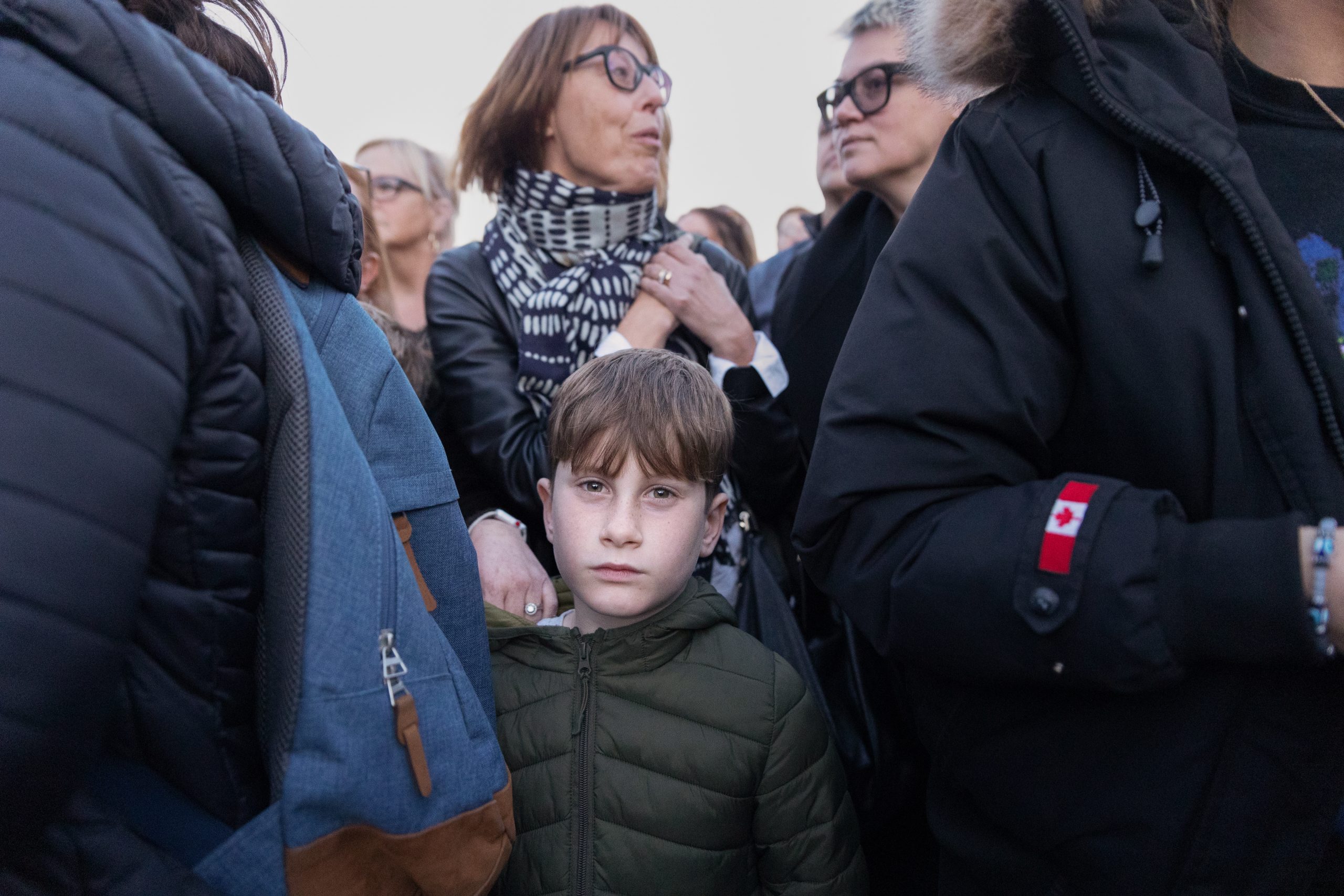
The crowd outside of Buckingham Palace gets pushed back by security to make way for the recently crowned King Charles III as he headed to stand vigil over his mother, Queen Elizabeth II as she laid in-state at Westminster Abbey on Friday, September 16, 2022. Parents and guardians keep a steel grip on their children’s coat collars while pushing forward against the wall of spectators in hopes of helping them catch their first glimpse of the new head of the monarch.
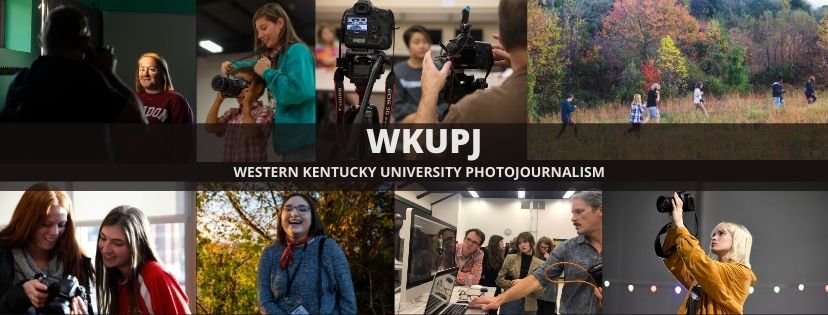

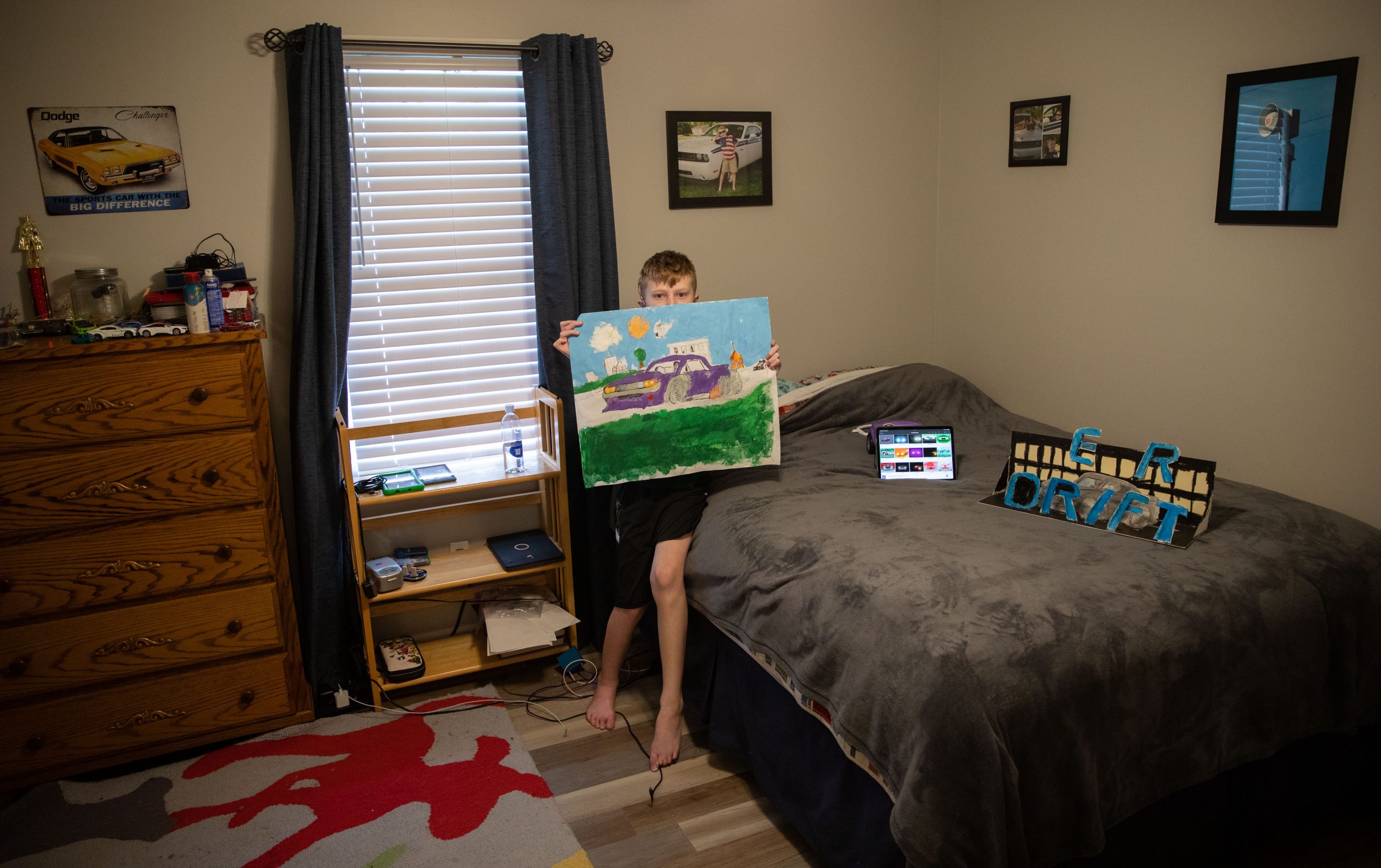
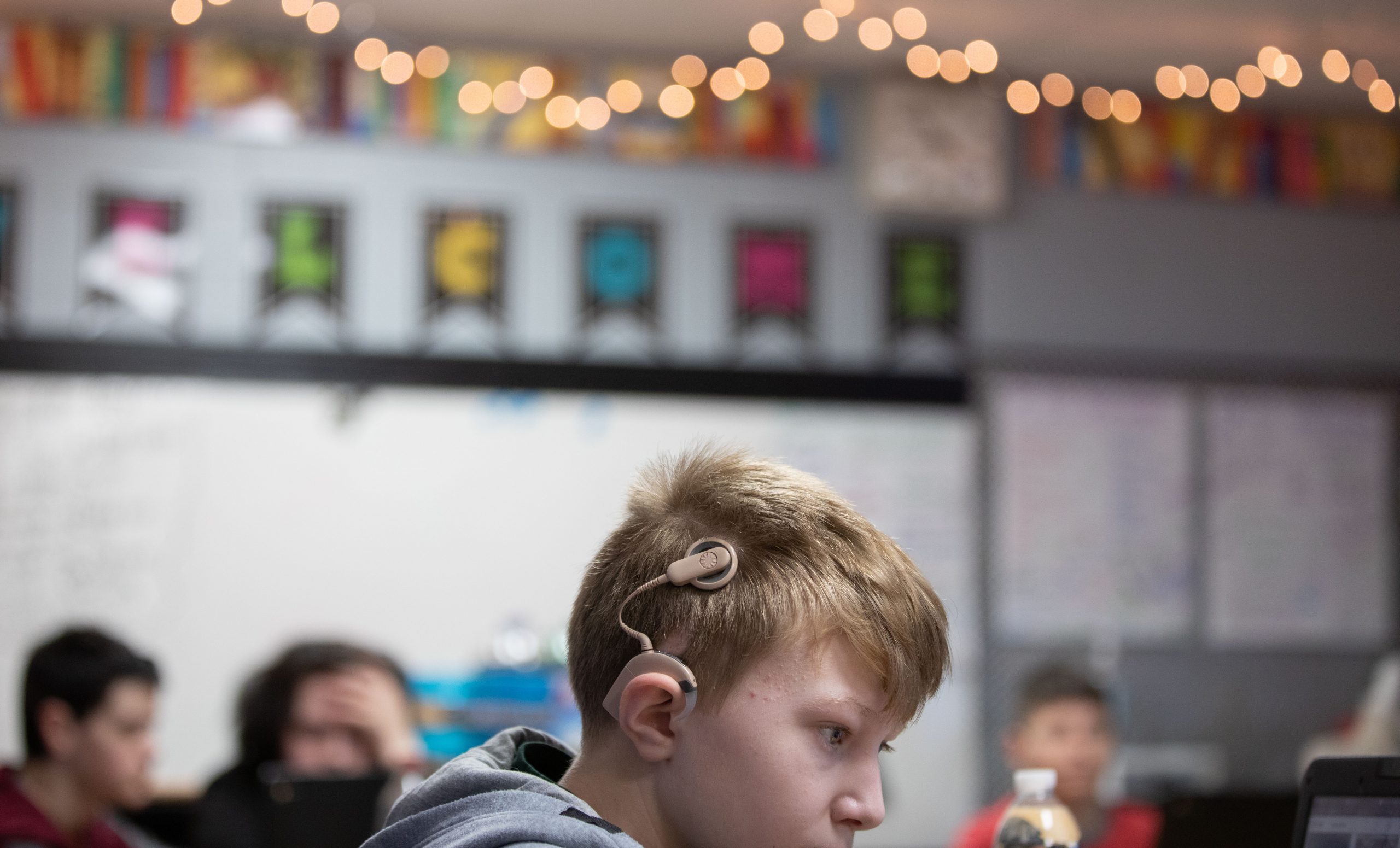
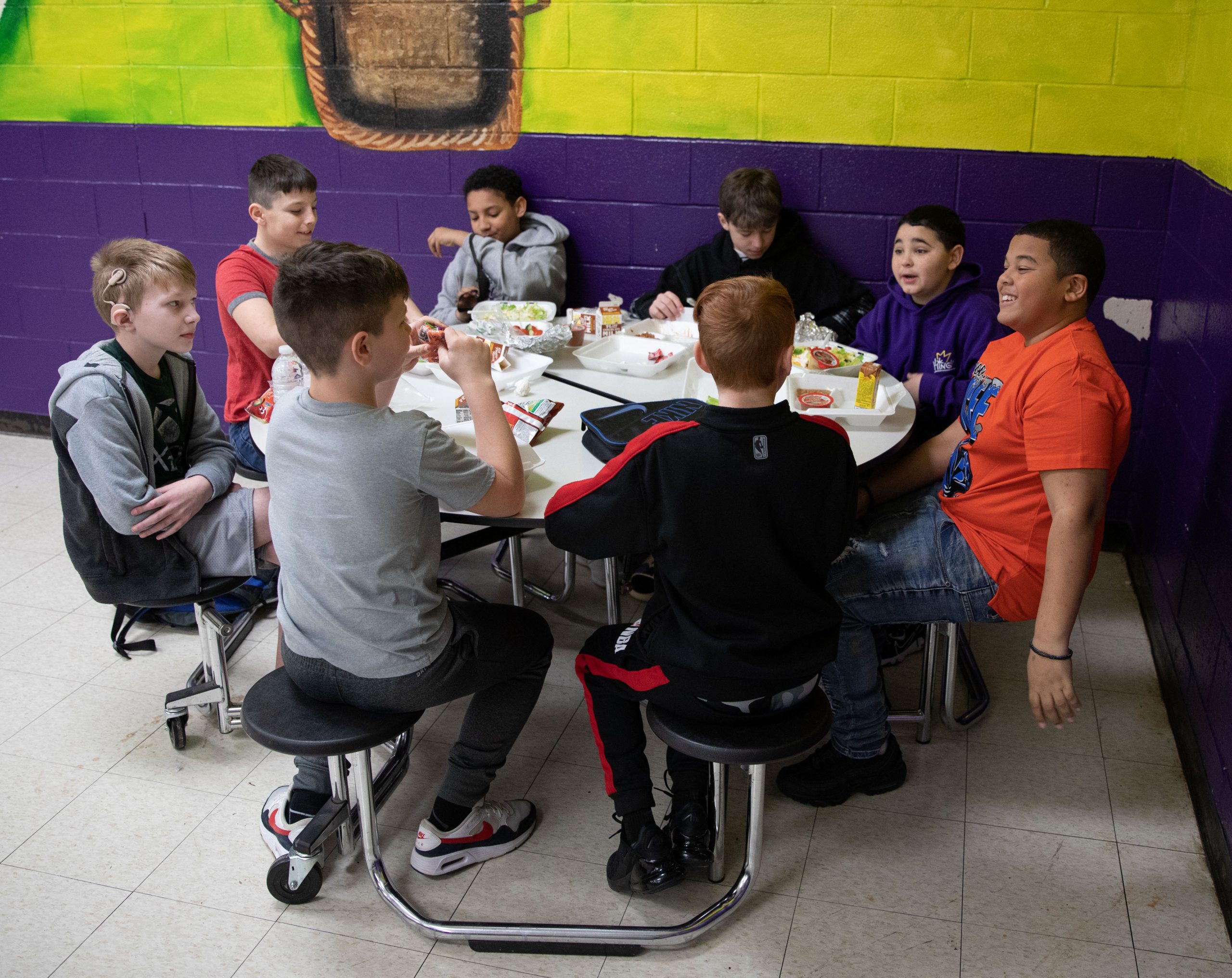
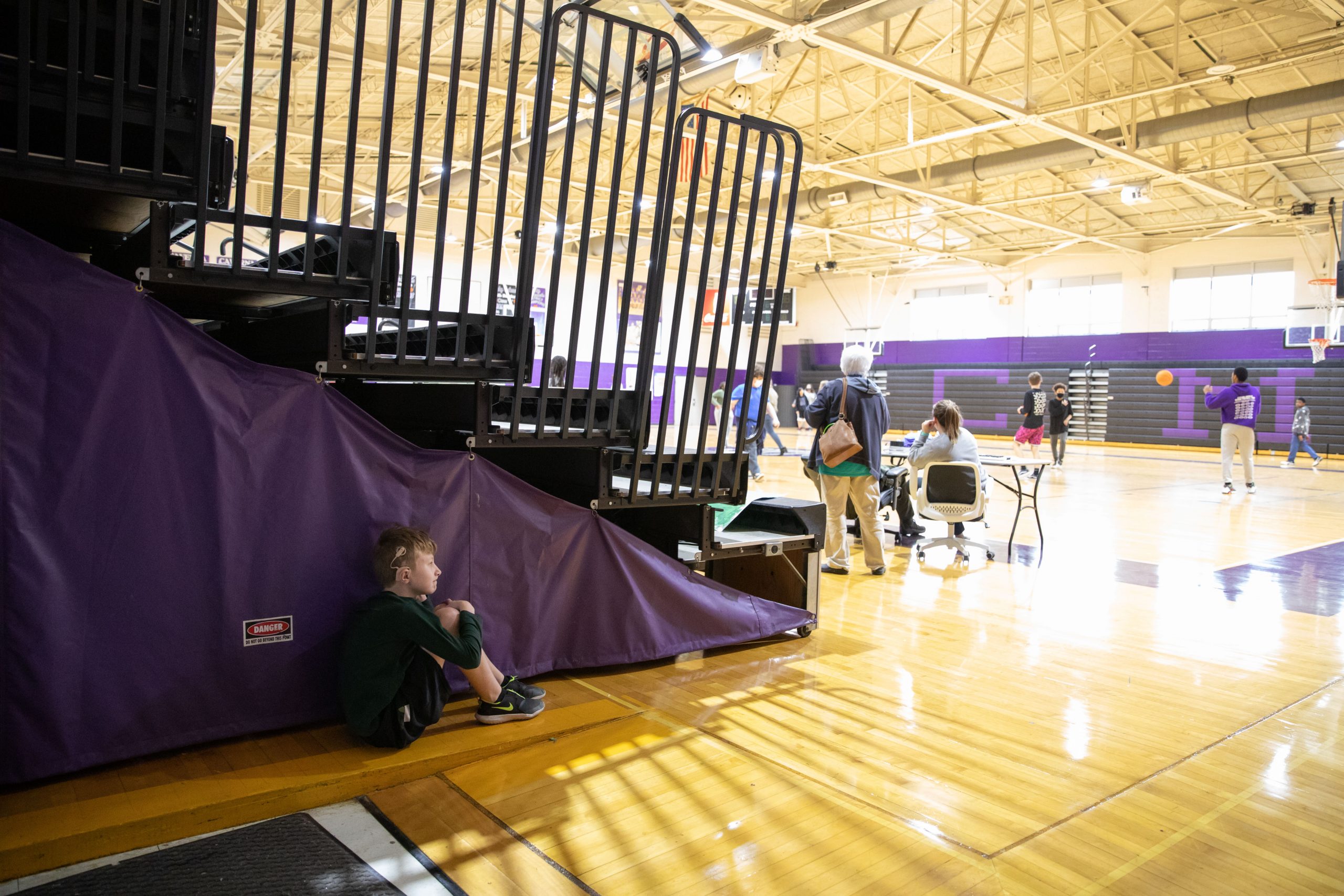
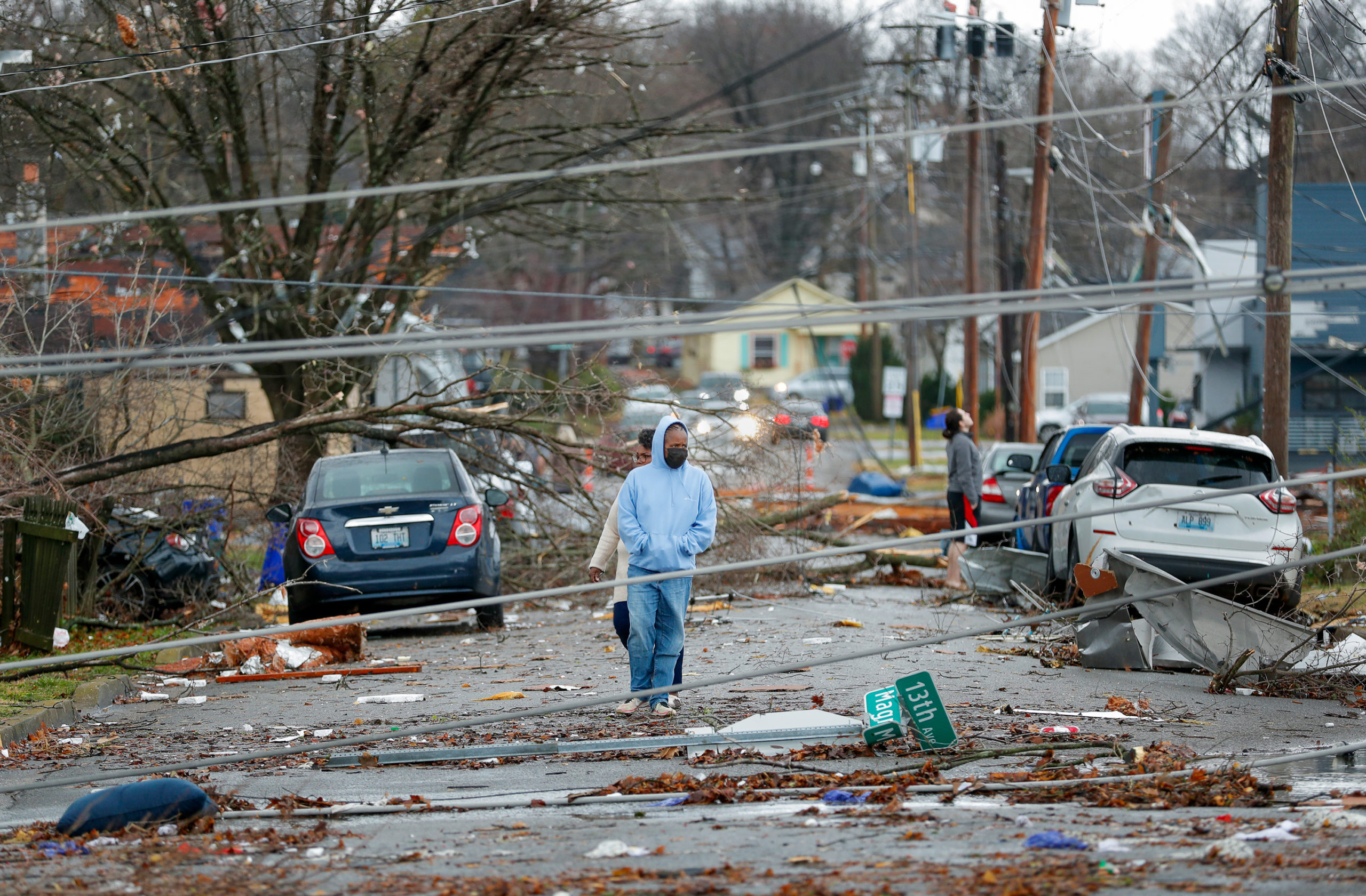
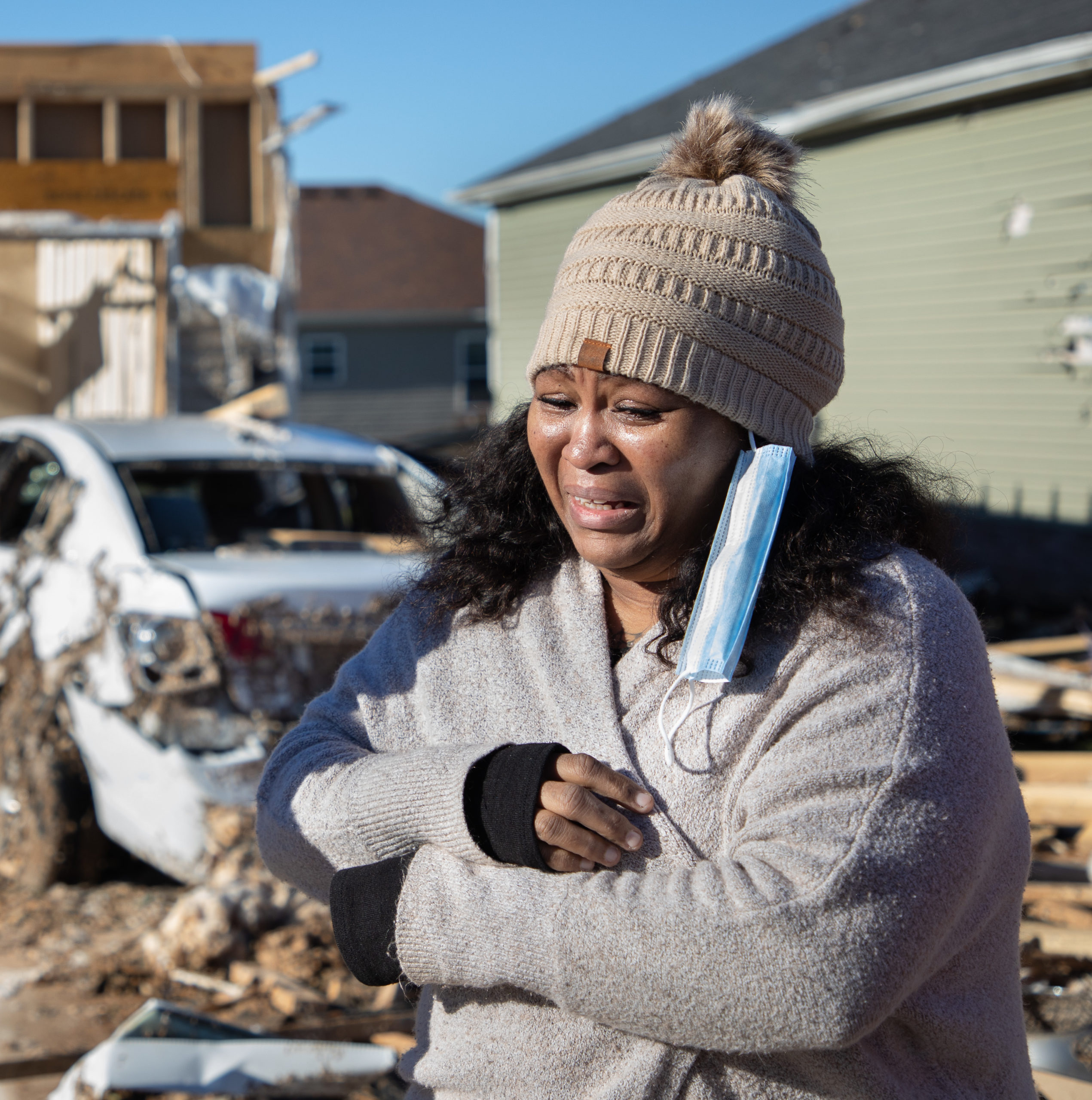
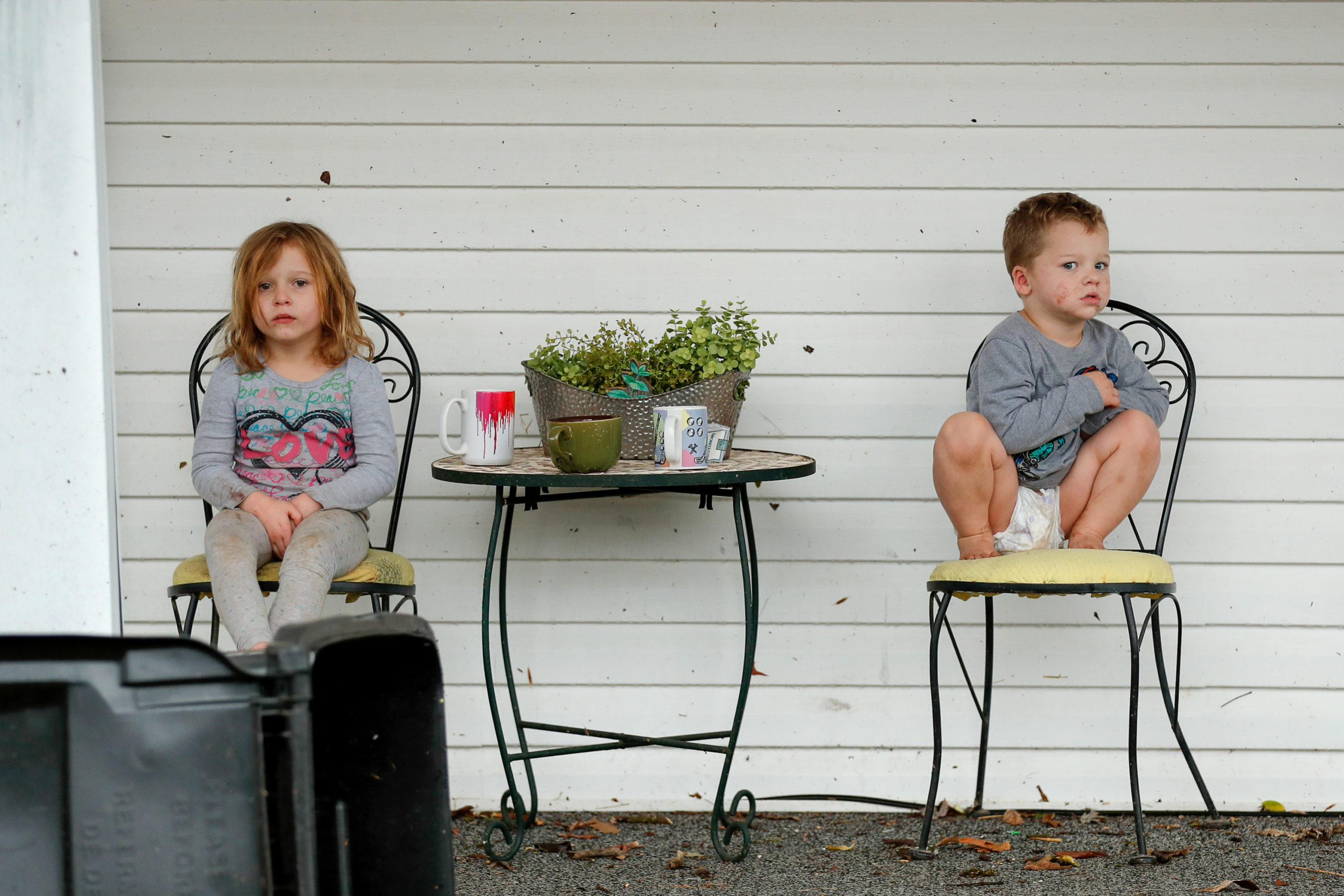
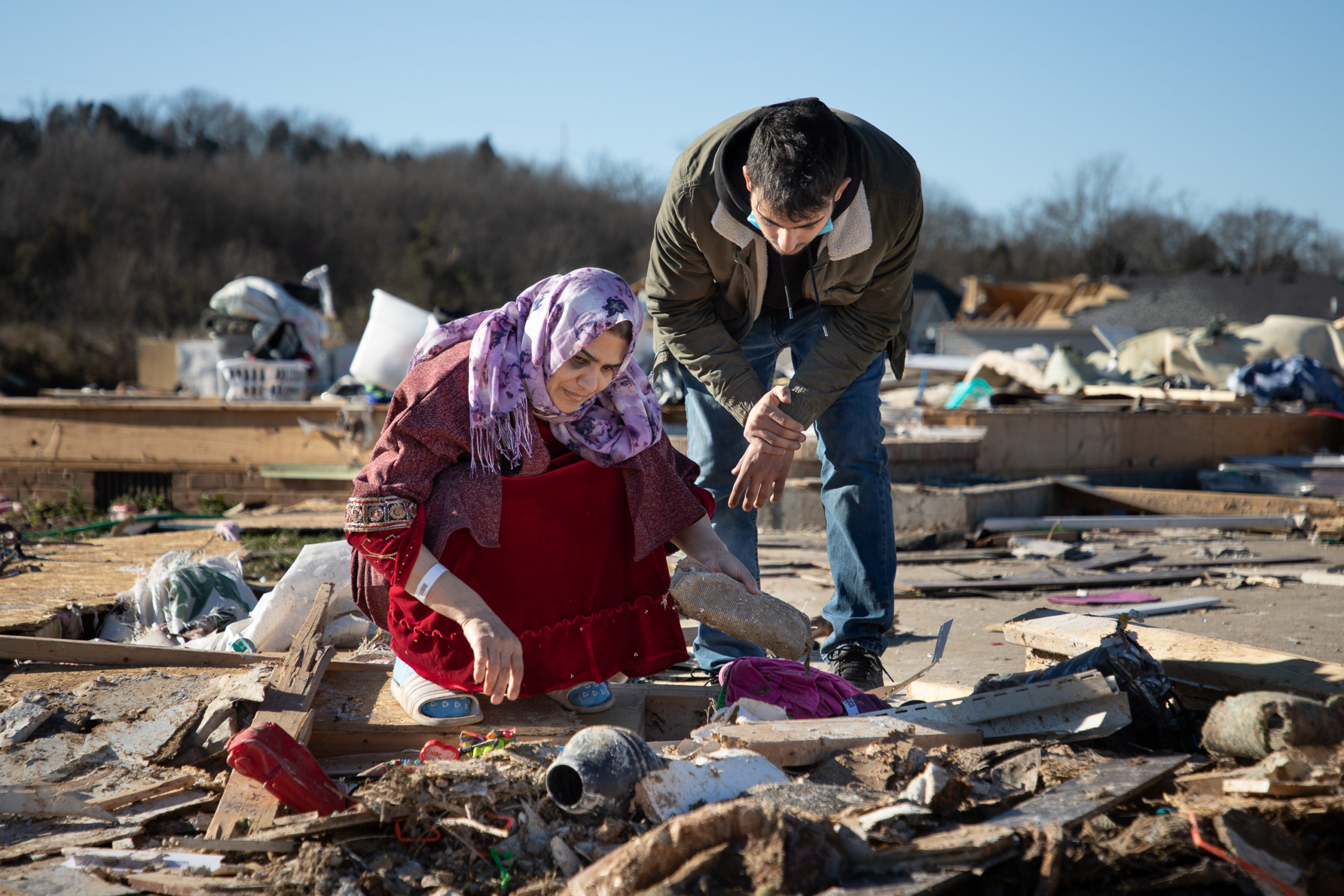
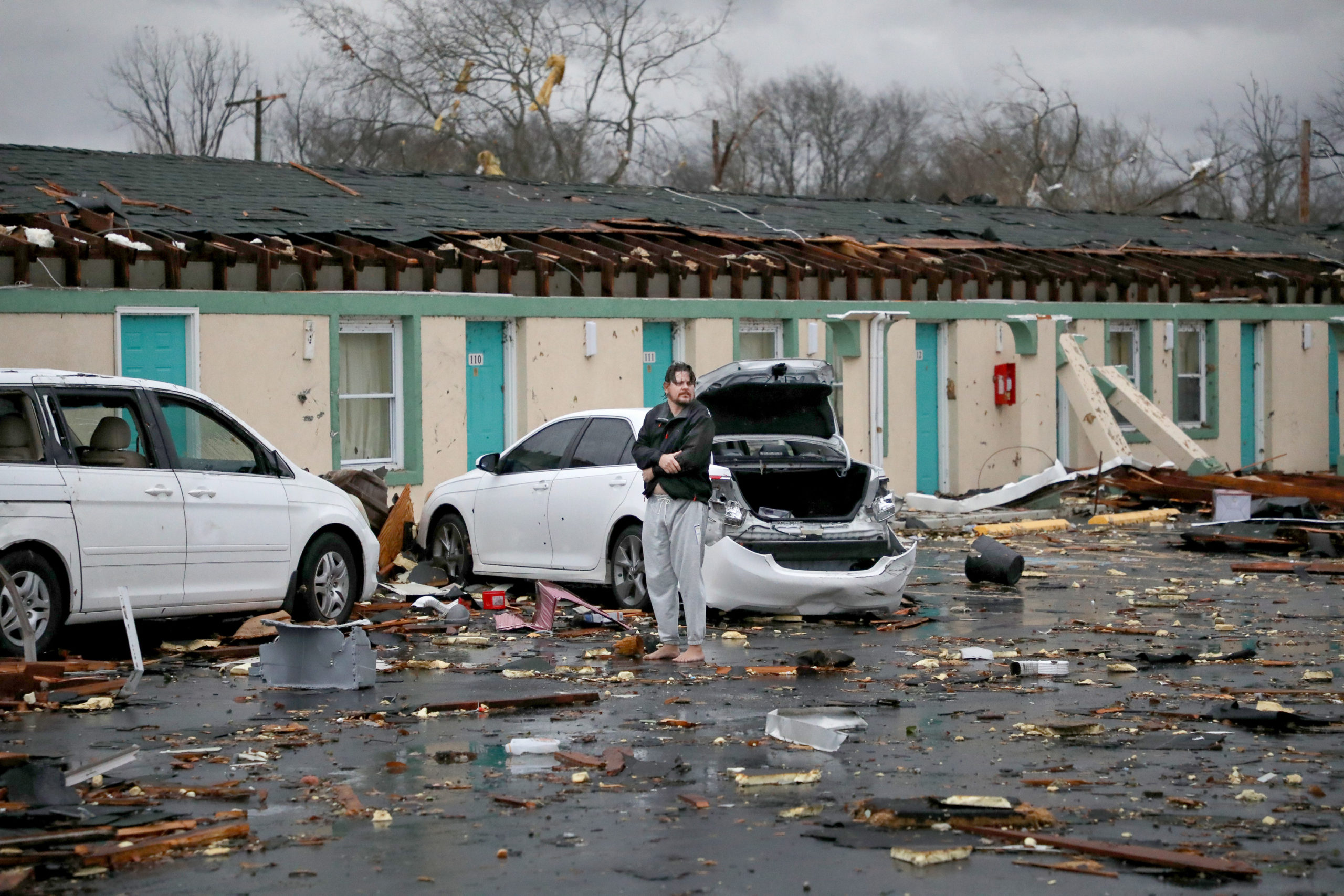
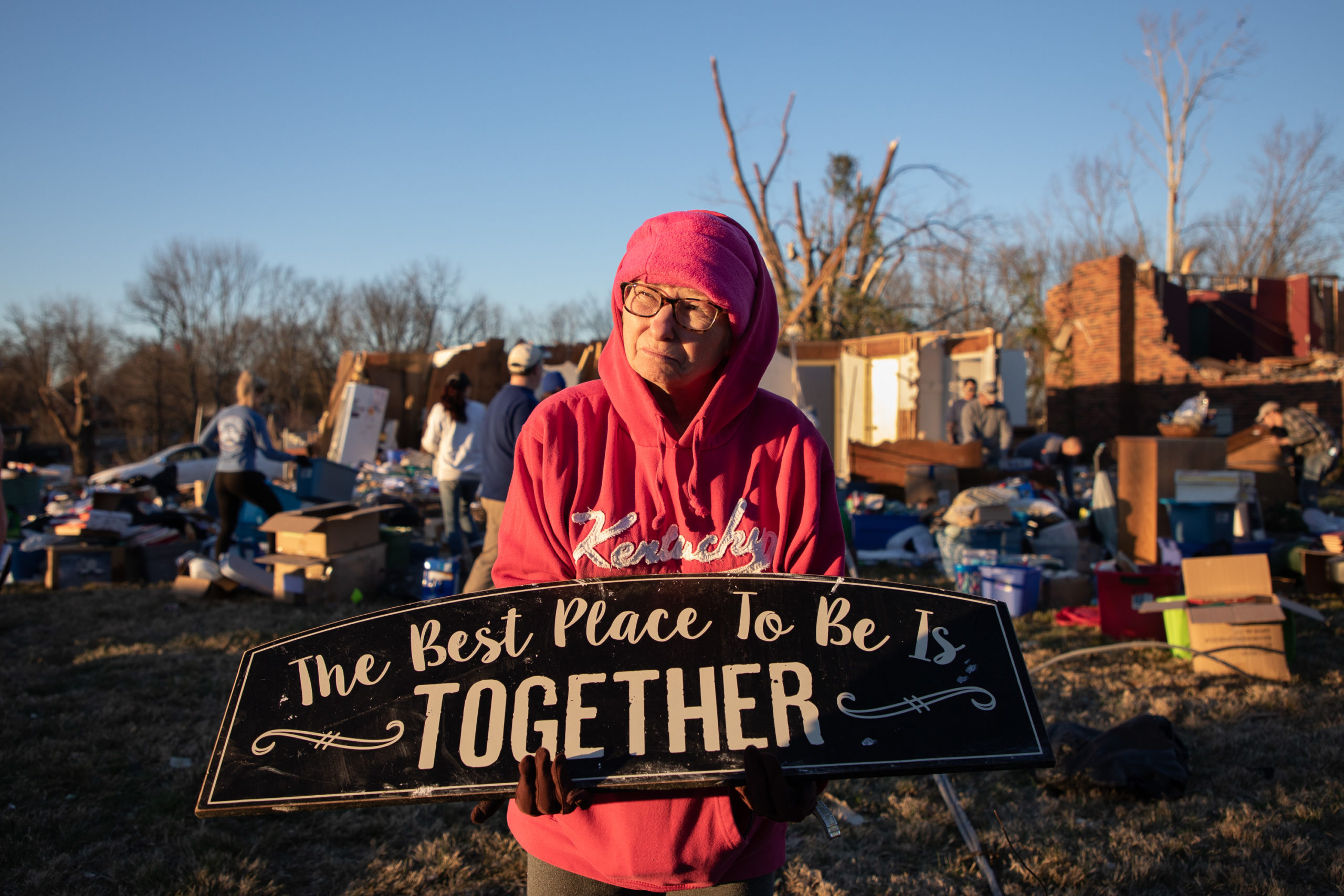
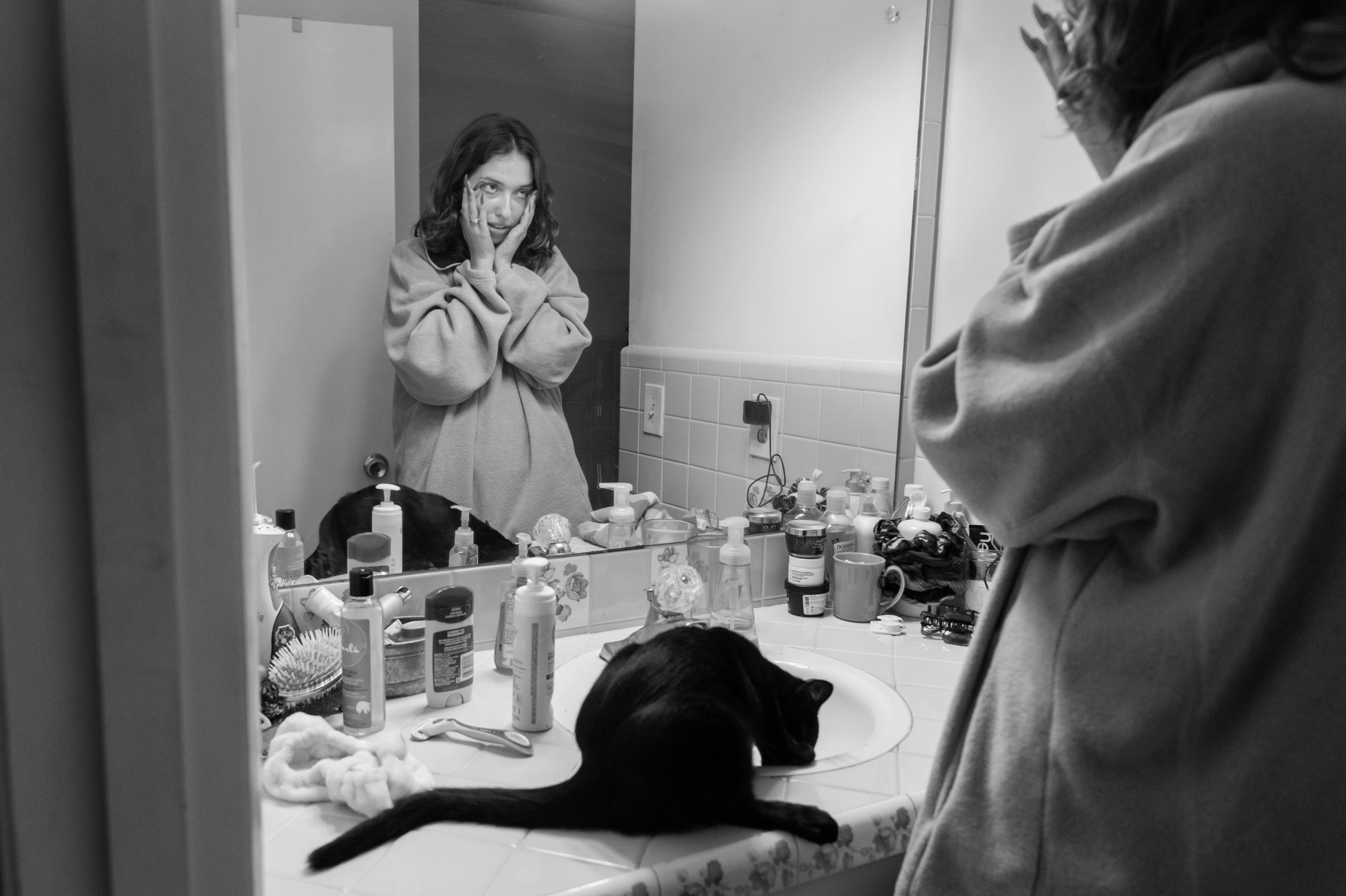
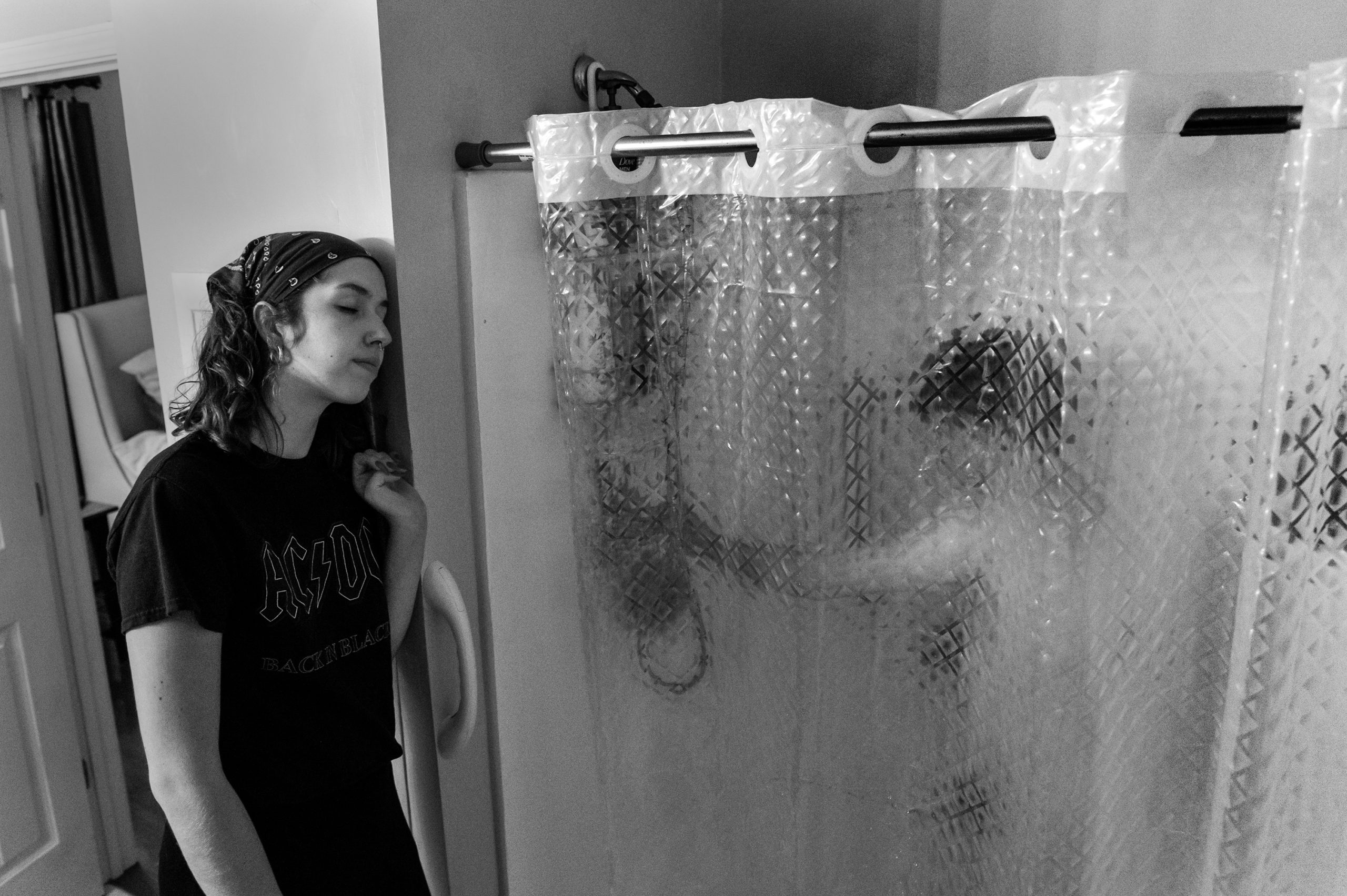
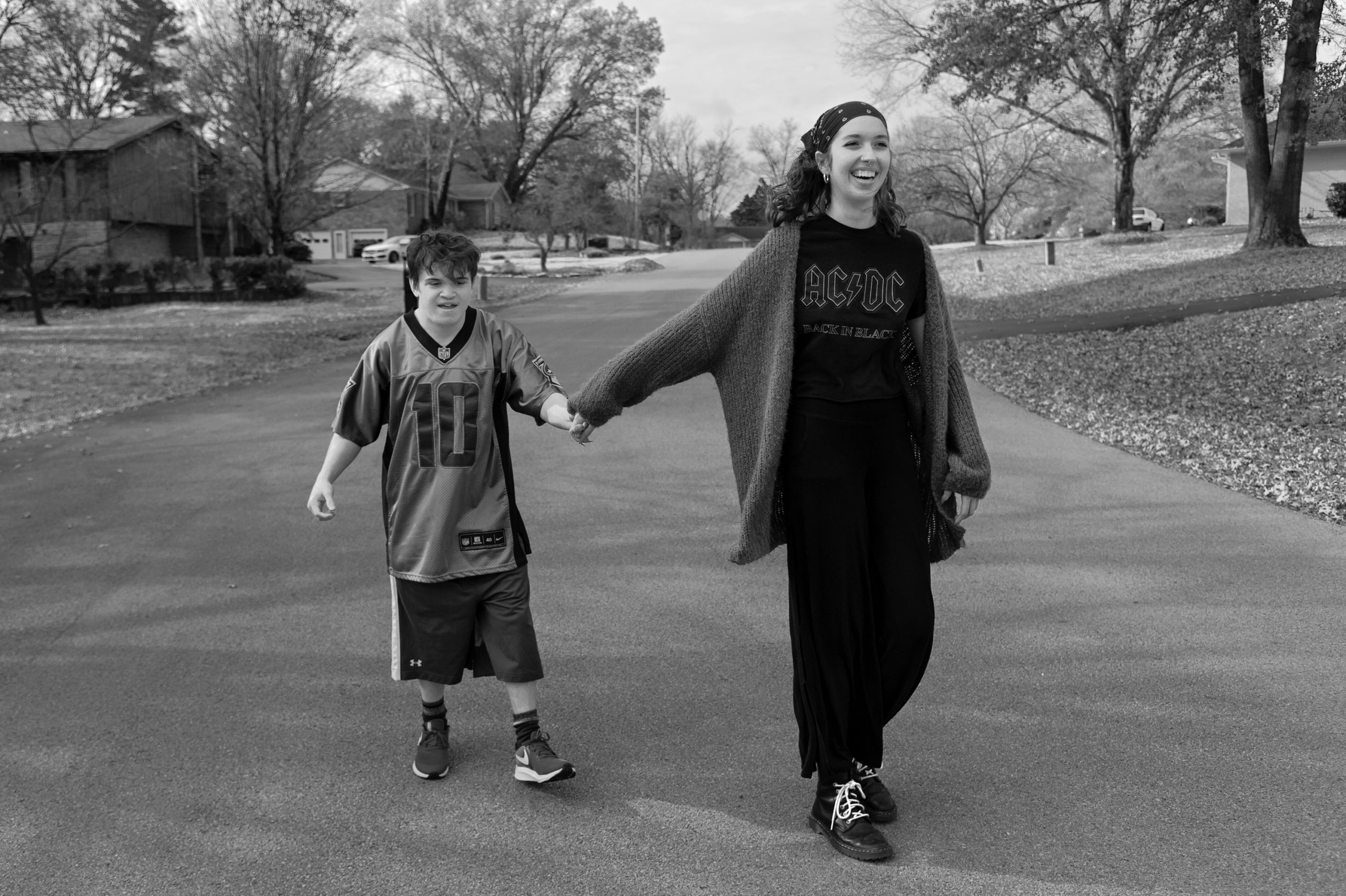
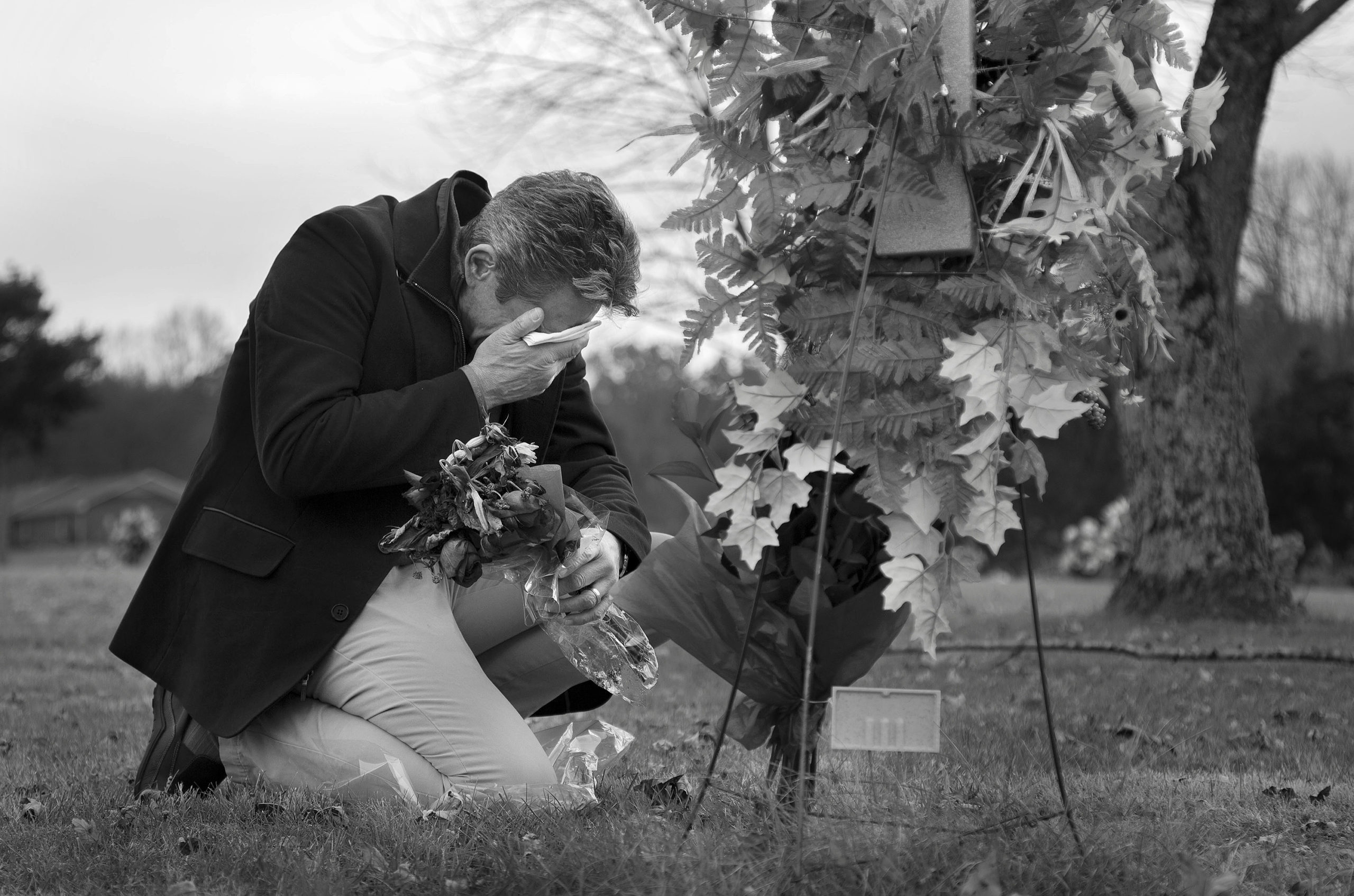
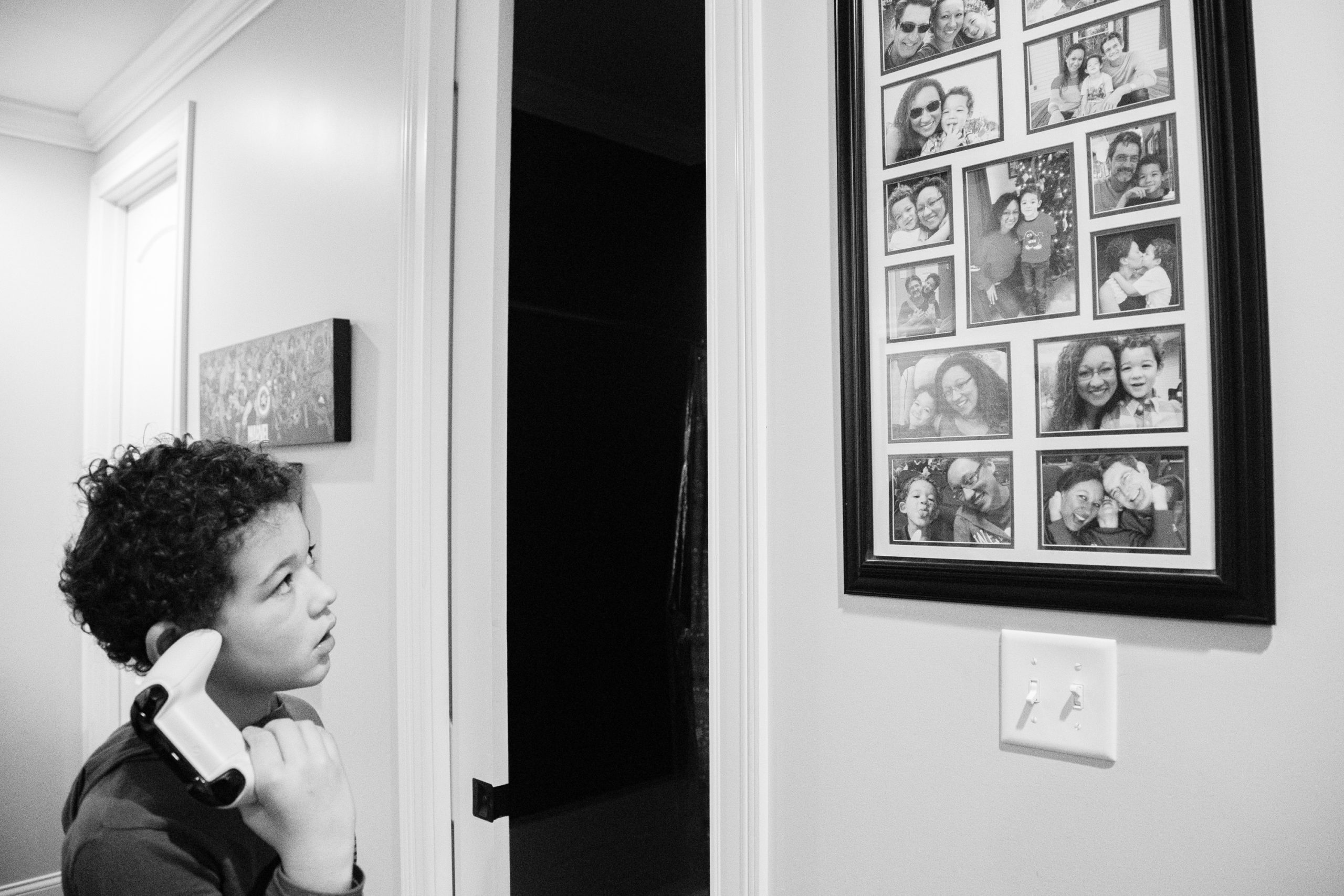
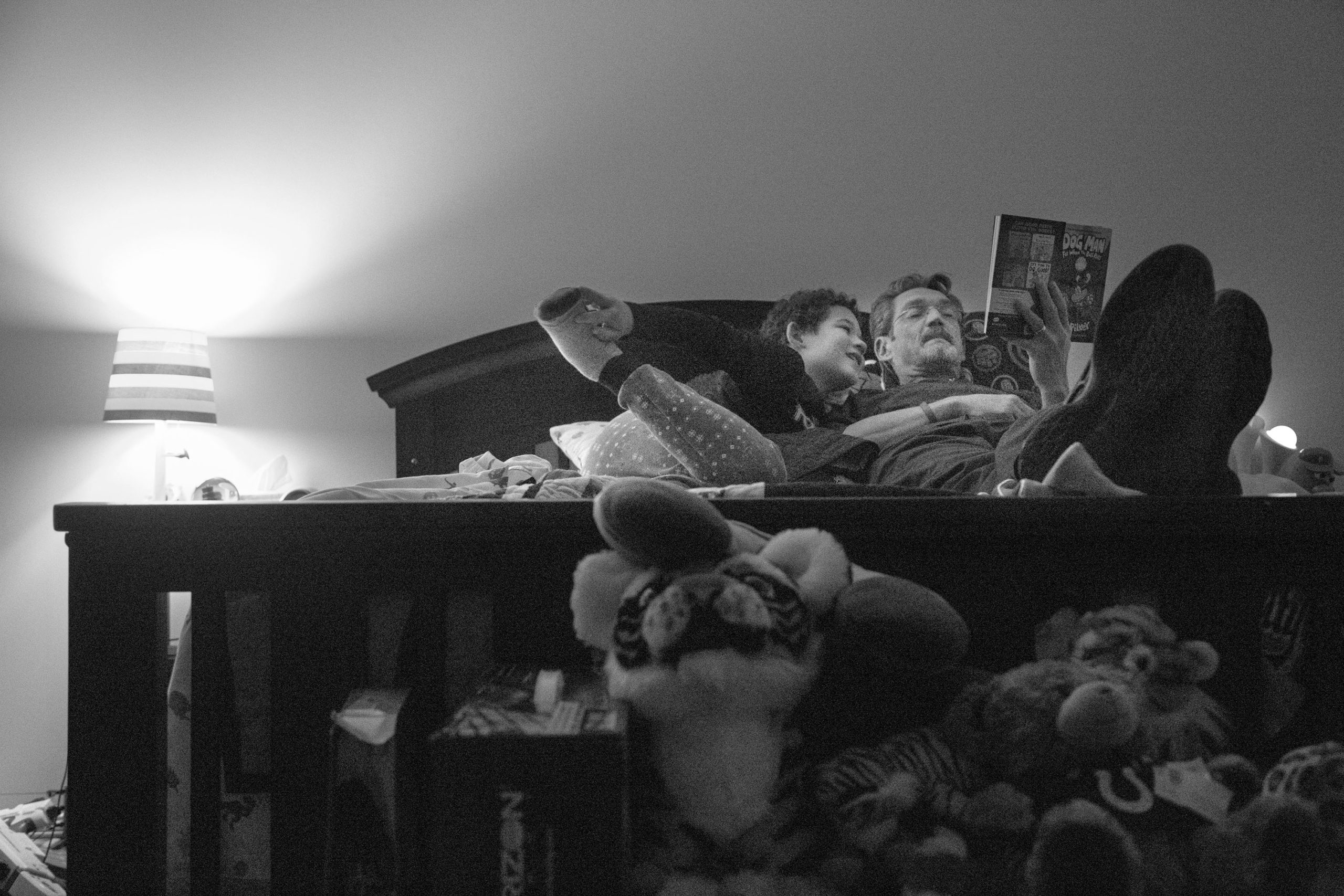
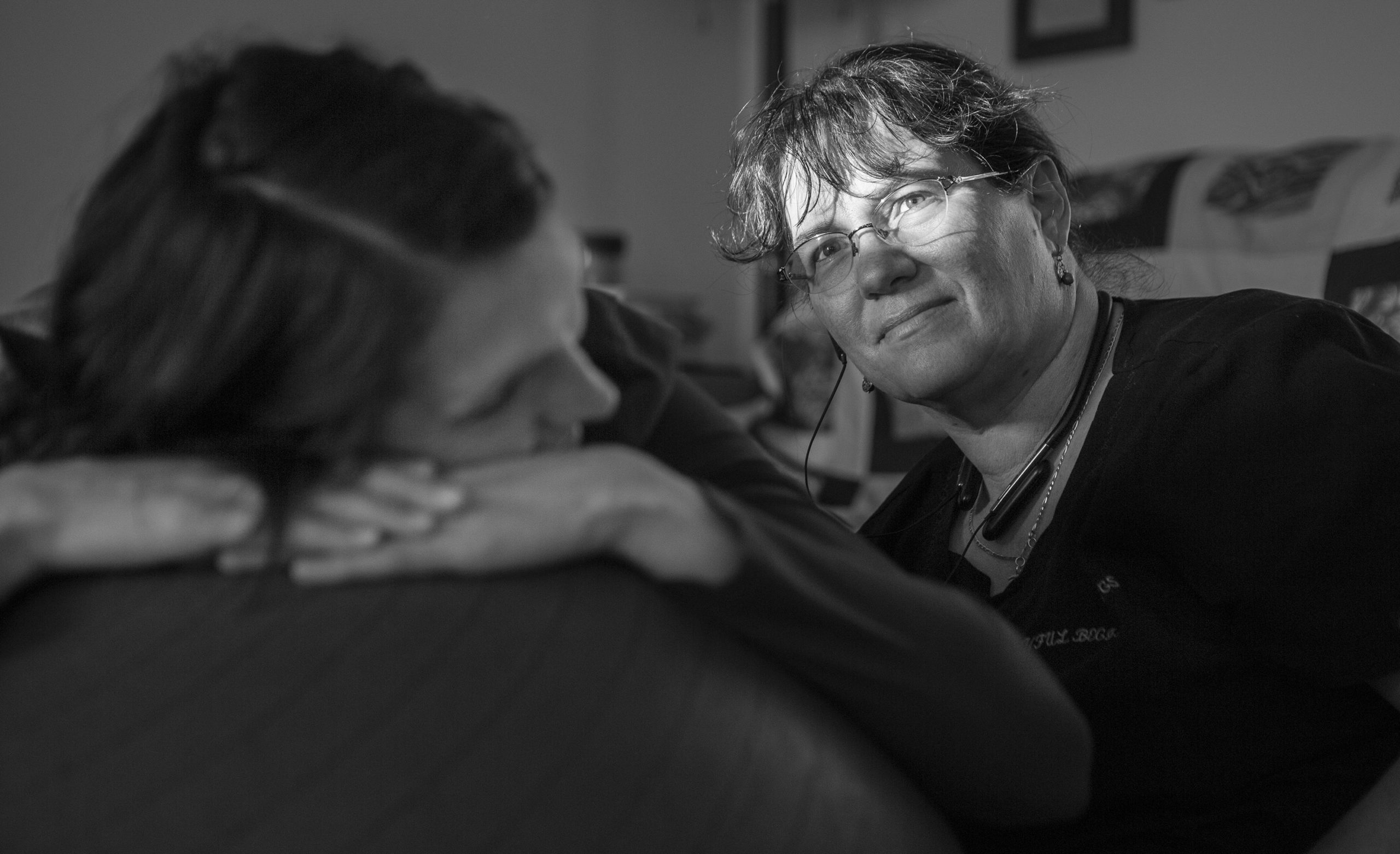 Tracey checks “baby noodle’s” heartbeat in Rosie Hunt’s belly. The couple didn’t pick a name for their baby until after the birth and lovingly referred to the baby as “baby noodle.”
Tracey checks “baby noodle’s” heartbeat in Rosie Hunt’s belly. The couple didn’t pick a name for their baby until after the birth and lovingly referred to the baby as “baby noodle.”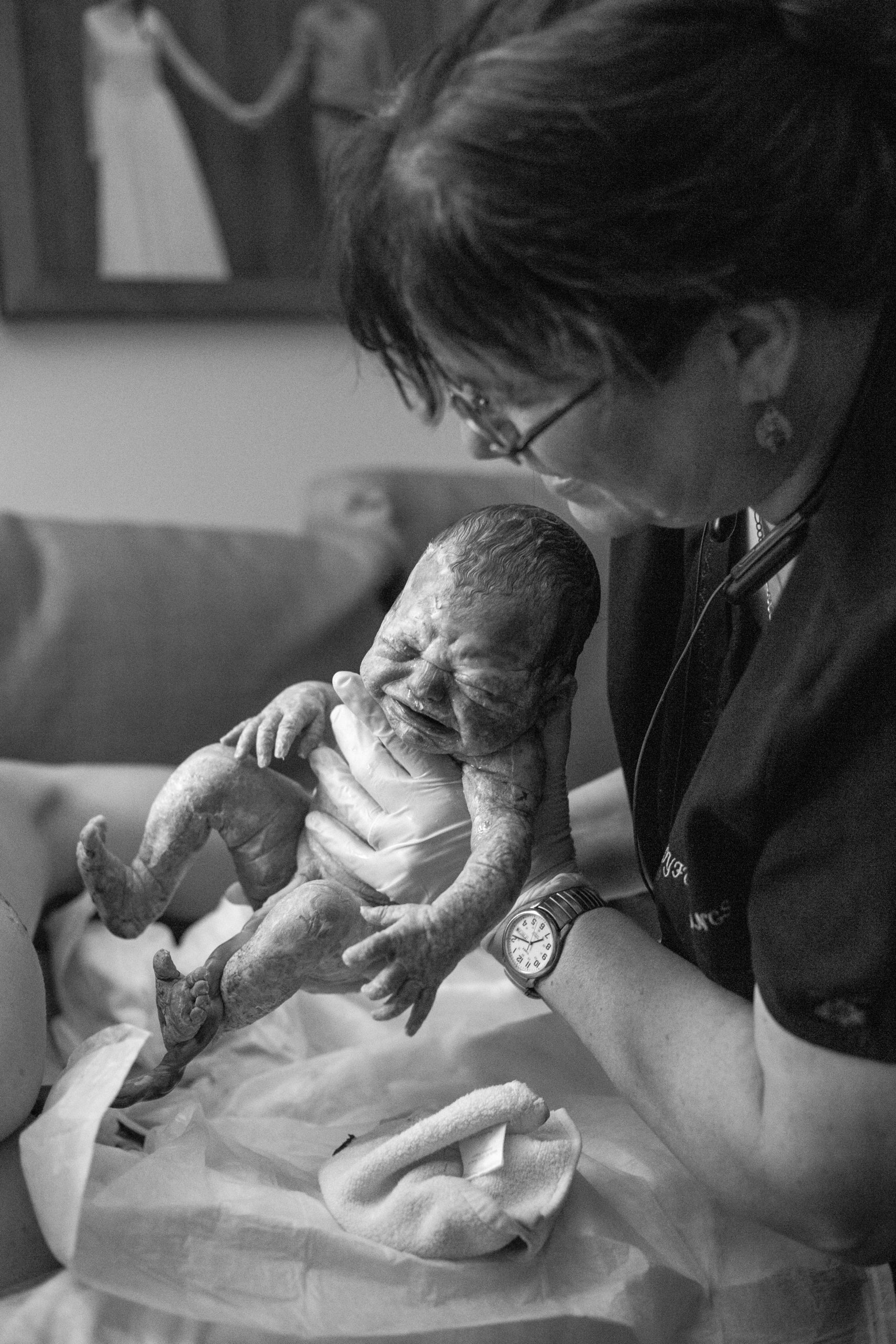 June Hunt was born at 7:13 p.m. on Nov. 8, 2019 to Rosie and Alex Hunt. June was born on the same couch her older sister was born a couple of years before.
June Hunt was born at 7:13 p.m. on Nov. 8, 2019 to Rosie and Alex Hunt. June was born on the same couch her older sister was born a couple of years before.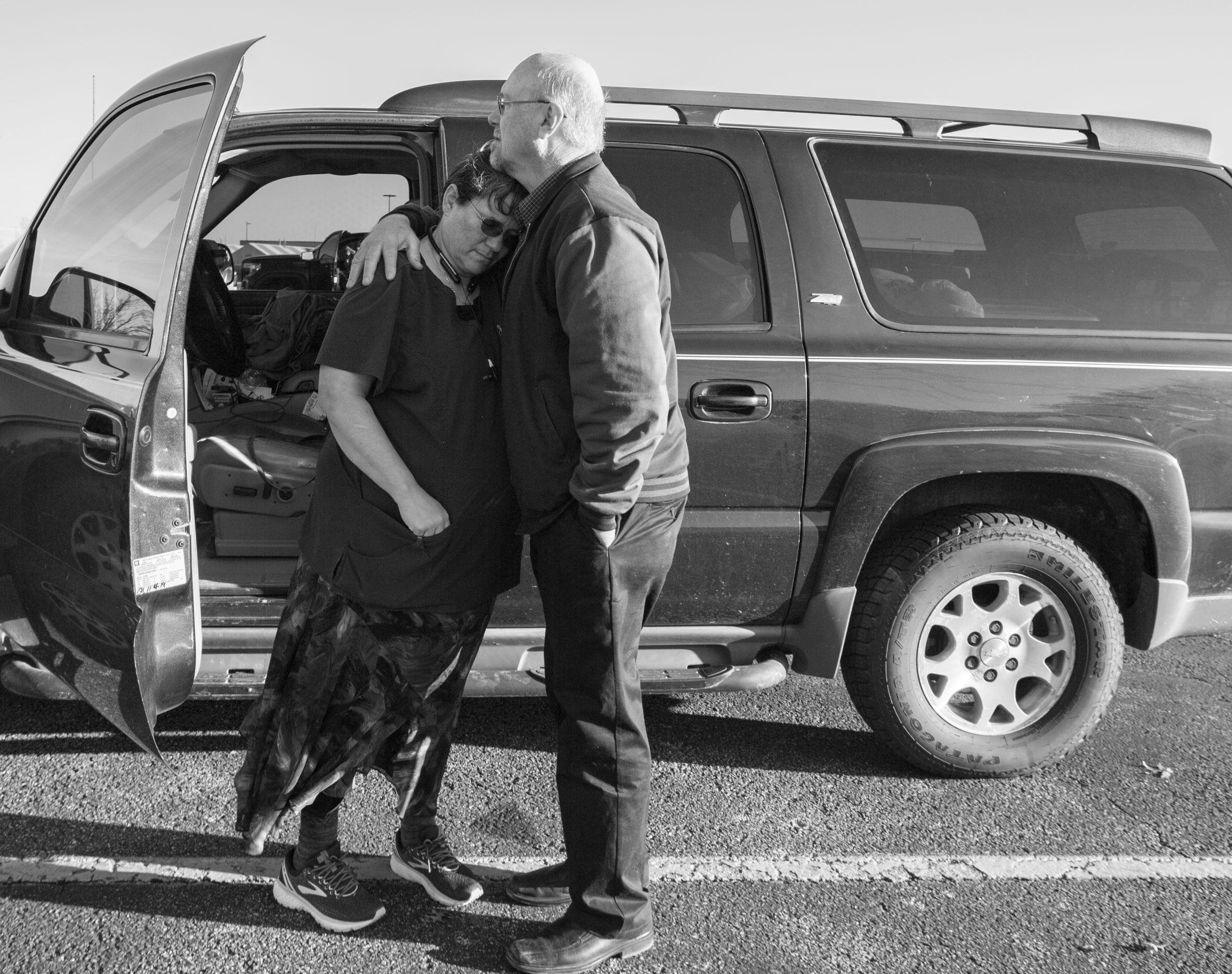 Tracey leans on her husband for comfort after telling him about a complicated and upsetting birth she had attended hours before. She had to leave the house early in the morning to attend to the birth, and missed church and an outing with her family due to midwifery commitments. “For us, faith in christ has been the solid rock we’ve needed, because it’s not been always been easy,” David said. “That faith has helped us have grace. When couples have hard times, they can either break or build together. Midwifery has shown us in our hearts where we were at with each other and challenged us to be better in Christ.”
Tracey leans on her husband for comfort after telling him about a complicated and upsetting birth she had attended hours before. She had to leave the house early in the morning to attend to the birth, and missed church and an outing with her family due to midwifery commitments. “For us, faith in christ has been the solid rock we’ve needed, because it’s not been always been easy,” David said. “That faith has helped us have grace. When couples have hard times, they can either break or build together. Midwifery has shown us in our hearts where we were at with each other and challenged us to be better in Christ.”